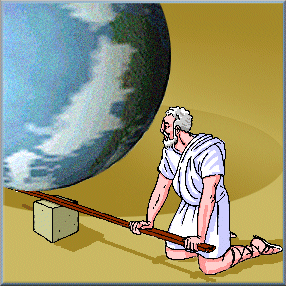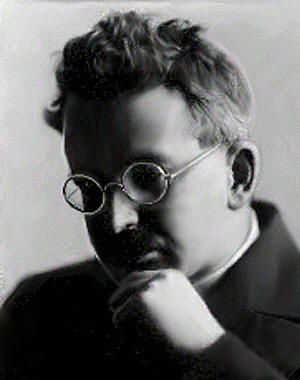|
Let us begin by defining the two relevant terms.
What do we understand by “humanism”? The term evokes three or four broad
connotations. The first derives from Greek philosophy, specifically from
the call by Socrates (in the fourth century BC) to turn philosophical
speculation away from its then current preoccupations with the nature of
the universe and the “heavens” towards more mundanely terrestrial human
interests and preoccupations.

Jacques-Louis David, The Death of
Socrates (The Met, New York)
The second sense is associated with the European Renaissance and its
enormous interest in human accomplishments as contrasted with religious
concerns, as reflected both in the interest taken by Renaissance
intellectuals, scholars and artists in the accomplishments of classical
Greece and Rome, and in contemporaneous preoccupations with human
agency, human institutions and the human potential for self-fulfillment.
The third sense arose in the 19th century, when Darwinian speculations
and evidence for the origins of the species went against the grain of
fundamentalist Christian doctrine, resulting in the notion of a rational
humanism that challenged the literal veracity of the narrative enshrined
in the first book of the Bible (and all such accounts of origins derived
from religious sources). The fourth sense, which we are going to focus
on today, assimilates features from all the previous three connotations,
and can be illustrated through the use of the contemporary term
“Humanities” to describe that part of the educational curriculum which
devotes itself to the study of specifically human concerns, institutions
and creativity as contrasted with the type of study we commonly
associate with the natural sciences (specifically astronomy, physics,
chemistry and also mathematics) and with life science and the social
sciences. Thus the term “humanistic” acquires significance through
contrasts developed through the course of history between the kinds of
subjects or areas about which human beings have aspired to create
cumulative and systematic knowledge and understanding, distinguishing
human preoccupations and interests from interest in, knowledge of, and
the manipulation of the physical universe. Humanists base their approach
to value, knowledge and meaning on human reason, human concerns and
human aspirations for truth, goodness, beauty.
Next, let us focus on the term “technology”. One way of describing the
scope of the word is to recognize that its current significance is
linked to the capacity of the hard sciences to create systematic
knowledge about the physical world we live in; this knowledge, when put
to practical use and applied to material nature, through various
techniques and processes, leads to the transformation of material
reality through the creation of new structures, materials and entities.
In short, a technology might be described as the technique of
transforming material reality through the application of scientific
knowledge and method to the objects and entities of the world.

Link 1:
Archimedes: “Give me a place to stand on and I will lift the earth”
As soon as we have defined the two terms we begin to recognize how they
have arrived at a kind of diagonal or oppositional relation to one
another which is – unfortunately - a legacy from the history of human
institutions that leads to the kinds of simplifying polarizations that
set the Sciences in some allegedly oppositional relationship towards the
Arts. Many have argued for this opposition as a mistake, but even as a
mere prejudice, the alleged opposition is already well-entrenched in
society and in the minds of many people, and one of the aims of this
lecture is to help clarify what is at stake in untangling the alleged
opposition between Science and Art or Technology and the Humanities. I
shall follow a two-step process towards this untangling. In the first, I
shall work with the opposition as a given assumption or prejudice among
societies, and examine the consequences of that prejudice, specifically
from a perspective originating in the arts and humanities. The second
step will deliberately go in a slightly contrary and more constructive
direction, and argue that the relation of technology to a more balanced
or sensible humanistic perspective can show the alleged opposition as
harmful to human progress, and in need of resolution, both in individual
mind-sets and in broad social assumptions of value about the respective
roles of science and art in society.
Link 2:
Frederick Edwords, What is Humanism?
Link 3:
Richard Norman on Humanism (audio)
|









